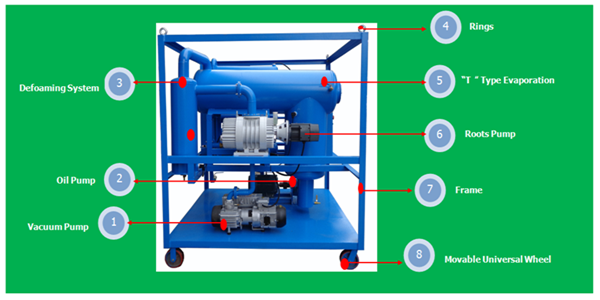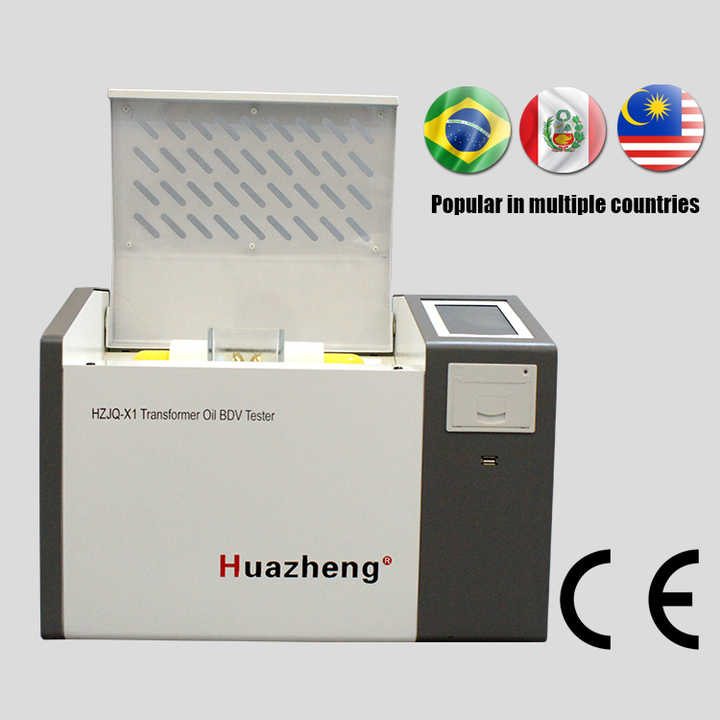Made Use Of Transformer Oil Recycling: Eco-Friendly Disposal and Reuse Options
Made Use Of Transformer Oil Recycling: Eco-Friendly Disposal and Reuse Options
Blog Article
Understanding Dielectric Transformer Oil: Necessary Advantages and Makes Use Of
Dielectric transformer oil serves as a critical element in the procedure of electrical transformers and high-voltage equipment, working largely as a shielding tool. As we discover the numerous benefits and uses of dielectric transformer oil, one need to consider how its function influences not simply devices dependability, but also more comprehensive operational factors to consider.
What Is Dielectric Transformer Oil?
Dielectric transformer oil is a customized shielding fluid used in electric transformers and various other high-voltage electric tools. Unlike traditional oils, dielectric oil is particularly formulated to have high dielectric stamina, which enables it to endure significant electric tension without conducting power.
Commonly stemmed from mineral oil or synthetic resources, dielectric transformer oil satisfies stringent sector requirements for pureness and performance. Its chemical composition is very carefully developed to minimize the danger of oxidation and degradation with time, which is important for maintaining the oil's shielding homes.
In enhancement to its insulating attributes, dielectric transformer oil works as a coolant, taking in and moving warm created by electrical elements throughout operation. This dual performance is vital for enhancing the general efficiency and lifespan of transformers. Dielectric oils are subject to extensive testing to make certain compatibility with various materials and to stop damaging responses that could endanger system integrity. Overall, dielectric transformer oil is a vital element in the trusted and safe procedure of electric framework.

Key Benefits of Dielectric Oil
While dielectric transformer oil offers critical functions in electric systems, its advantages extend beyond plain insulation and cooling. One of the key benefits of dielectric oil is its high dielectric stamina, which effectively avoids electric failure, guaranteeing the risk-free procedure of transformers and various other high-voltage equipment. This residential property is critical in maintaining the dependability and durability of electric systems.
In addition, dielectric oil has exceptional thermal conductivity, permitting for efficient heat dissipation. This characteristic lessens the danger of getting too hot, hence prolonging the life-span of transformers and decreasing maintenance costs. Additionally, the oil's chemical stability and resistance to oxidation add to its toughness, guaranteeing constant performance in time.
An additional significant benefit is its ability to reduce arcing and corona discharge, which can harm electric elements. By giving a secure tool for electric energy transfer, dielectric oil enhances operational safety and security.

Applications of Dielectric Transformer Oil
Dielectric transformer oil plays a critical function in different applications within the electric sector, largely because of its distinct insulating and cooling down homes. Among its primary usages is in power transformers, where it serves to help with and insulate inner elements warmth dissipation. This is essential in maintaining functional efficiency and longevity.
Along with power transformers, dielectric oil is additionally utilized in distribution transformers, making sure trusted and secure power distribution. Its high dielectric strength protects against electrical discharges, thereby lowering the threat of failures and boosting system integrity. Moreover, dielectric transformer oil is employed in reactors and capacitor banks, where it performs comparable functions, shielding sensitive tools from electrical malfunction - electrical insulating oil.

Maintenance Factors To Consider
Correct Visit This Link upkeep of dielectric transformer oil is vital to ensure ideal efficiency and long life of electrical tools. Routine monitoring of the oil's physical and chemical residential or commercial properties is crucial to spot any kind of destruction that can impair the insulation and cooling down abilities. Secret criteria to examine include dampness material, acidity, and dielectric toughness.
Regular sampling and research laboratory analysis can identify the visibility of pollutants such as liquified gases, particulates, and oxidation by-products. These analyses assist in identifying the oil's problem and whether it calls for treatment or replacement. Purification systems can be used to remove particulates and moisture from the oil, recovering its insulating properties and prolonging its life expectancy.
Additionally, keeping correct operating temperature levels is vital; excessive warmth can accelerate oil deterioration (used transformer oil). Executing temperature level surveillance systems can help in identifying overheating problems early
Environmental Effect and Safety And Security
In examining the ecological effect and security of dielectric transformer oil, it is important to think about official statement both its structure and prospective dangers. Normally obtained from mineral or artificial sources, dielectric oils can vary considerably in their environmental footprint.
Safety issues mainly focus on flammability and toxicity. Dielectric oils can be flammable, demanding appropriate storage and taking care of treatments to minimize fire threats. Particular additives used in transformer oils might introduce toxicological risks, highlighting the significance of selecting oils with desirable security profiles.
Governing compliance is also critical (dielectric transformer oil). Complying with ecological regulations and safety and security requirements ensures that using dielectric transformer oils reduces adverse effects on human health and the environment. Finally, understanding the ecological implications and safety and security methods connected with dielectric transformer oils is vital for responsible usage in electric applications
Conclusion
In recap, dielectric transformer oil offers as a crucial element in improving the security and performance of electric transformers and high-voltage devices. Factor to consider of environmental effect and security further emphasizes the significance of dielectric transformer oil in contemporary electric facilities.
Dielectric transformer oil offers as a crucial component in the operation of electrical transformers and high-voltage equipment, working mostly as an insulating medium. Dielectric transformer oil is a specialized insulating fluid used in electric transformers and various other high-voltage electric tools. Unlike conventional oils, dielectric oil is specifically formulated to have high dielectric toughness, which allows it to hold up against substantial electric anxiety without performing electrical energy.
One of the main advantages helpful site of dielectric oil is its high dielectric stamina, which efficiently prevents electric failure, making certain the secure operation of transformers and other high-voltage tools.In summary, dielectric transformer oil offers as a critical part in improving the security and efficiency of electric transformers and high-voltage tools.
Report this page